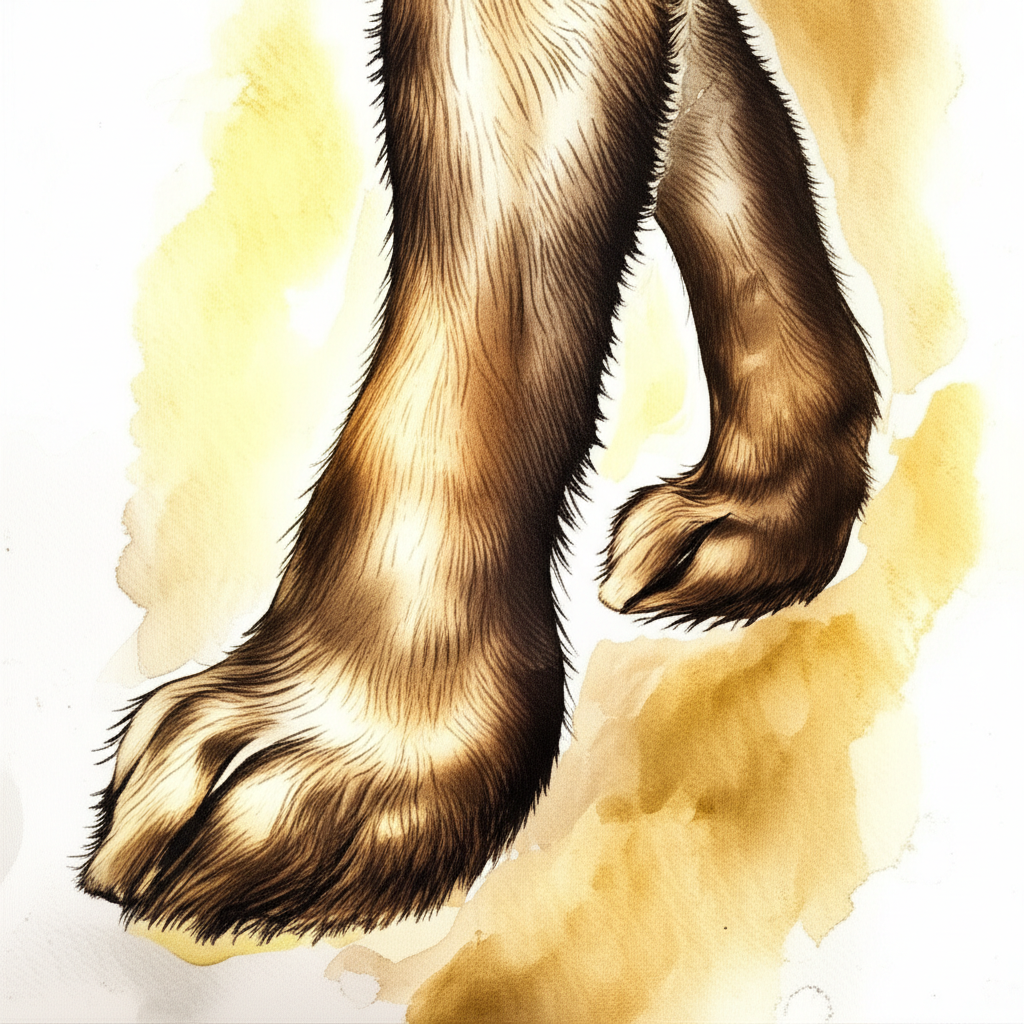
The rabbit’s foot is widely recognized as a good-luck charm, often carried to ward off evil. While popular imagery might suggest ancient roots, the belief in a ’lucky rabbit’s foot’ as a protective amulet is primarily a twentieth-century American phenomenon, albeit one deeply interwoven with older superstitions.
The practice of carrying an animal’s foot as a charm has origins in medieval medicinal beliefs. The foot of a rabbit or hare was thought to possess curative properties for ailments like rheumatism, colic, and gout. In an era where medicinal knowledge was largely derived from plants and animals, such remedies were commonplace. This belief persisted through the superstition-rich sixteenth and seventeenth centuries, solidifying the association of the rabbit’s foot with healing.
The seventeenth-century English diarist Samuel Pepys provides a compelling example of this belief. He carried a hare’s foot, not for warding off evil spirits, but as a cure for recurrent abdominal pains. An entry in his diary from January 20th vividly illustrates the perceived efficacy of the charm, documenting how simply handling another’s complete hare’s foot alleviated his discomfort.
The protective aspect of the rabbit’s foot superstition stems from a separate set of medieval beliefs. Rabbits, known for being born with their eyes open, were thought to possess second sight, granting them the ability to detect approaching evil spirits and provide warning. This perceived clairvoyance linked the rabbit to protection against malevolent forces. Furthermore, rabbits’ high reproductive rate made them a symbol of fertility, which was universally regarded as a blessing and associated with good fortune.
In addition to the charm, folklore included traditions such as saying ‘white rabbits’ three times on the first morning of the month to invite good luck. The modern interpretation of carrying a rabbit’s foot combines these elements: the association with healing, the belief in second sight providing protection, and the inherent symbolism of fertility and good fortune. While the practice of relying on animal parts for medicine has largely faded, the rabbit’s foot endures as a popular, albeit often ironic, symbol of luck, reflecting a layered history of folklore, medicinal beliefs, and cultural symbolism.